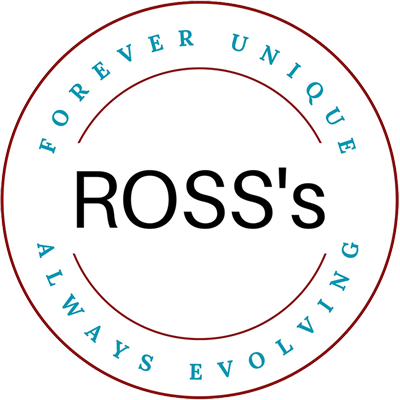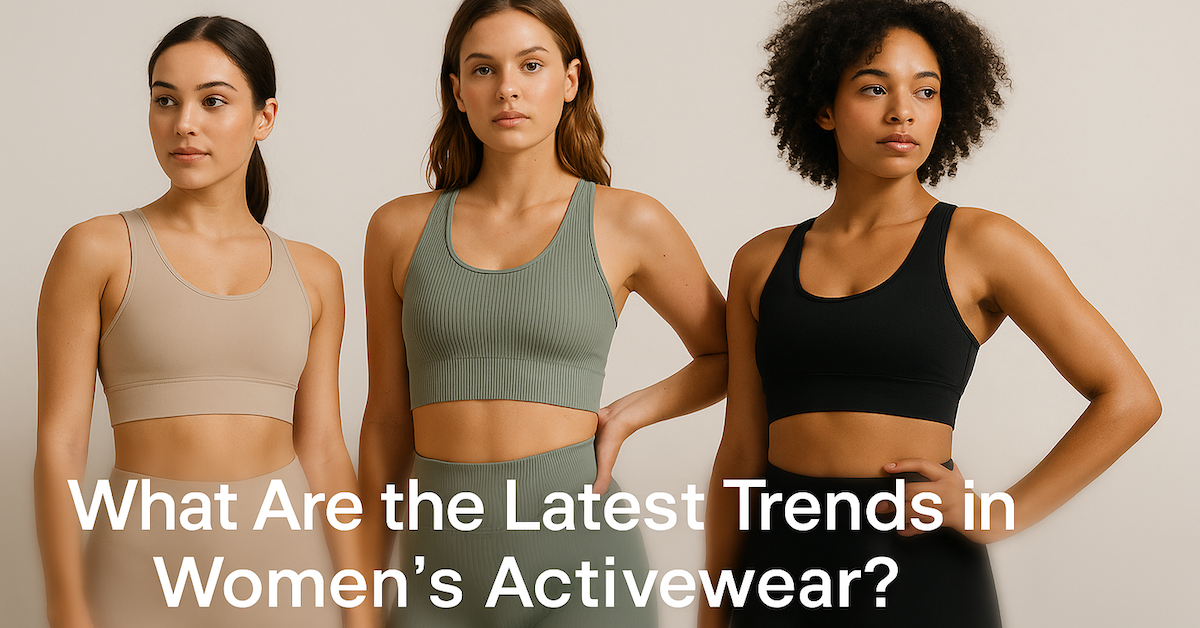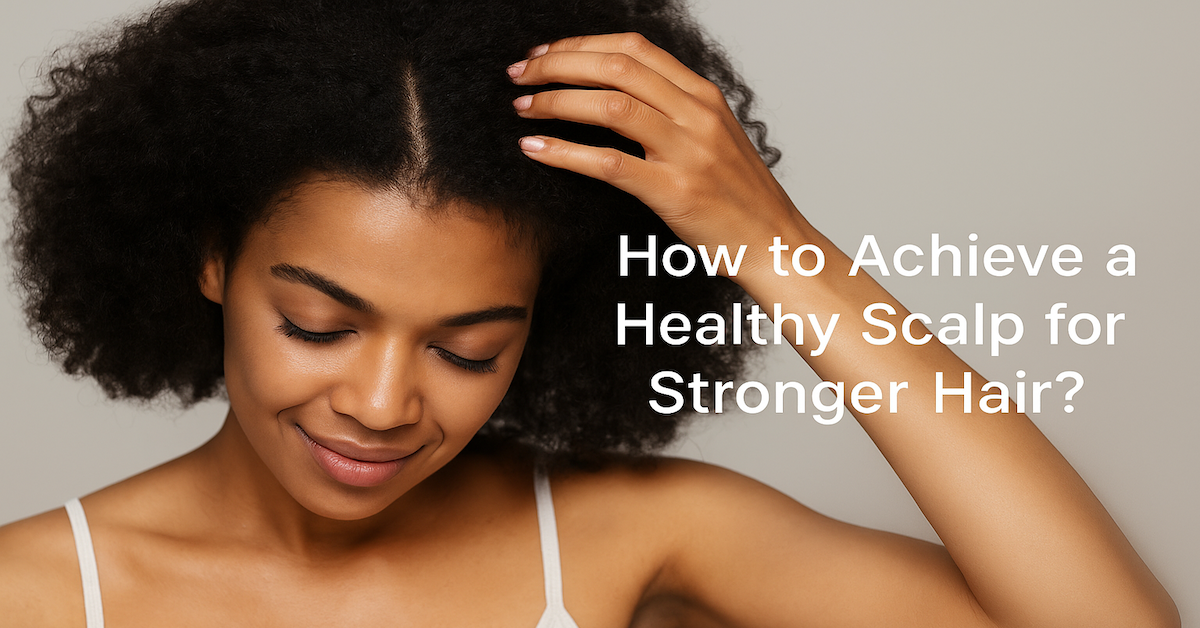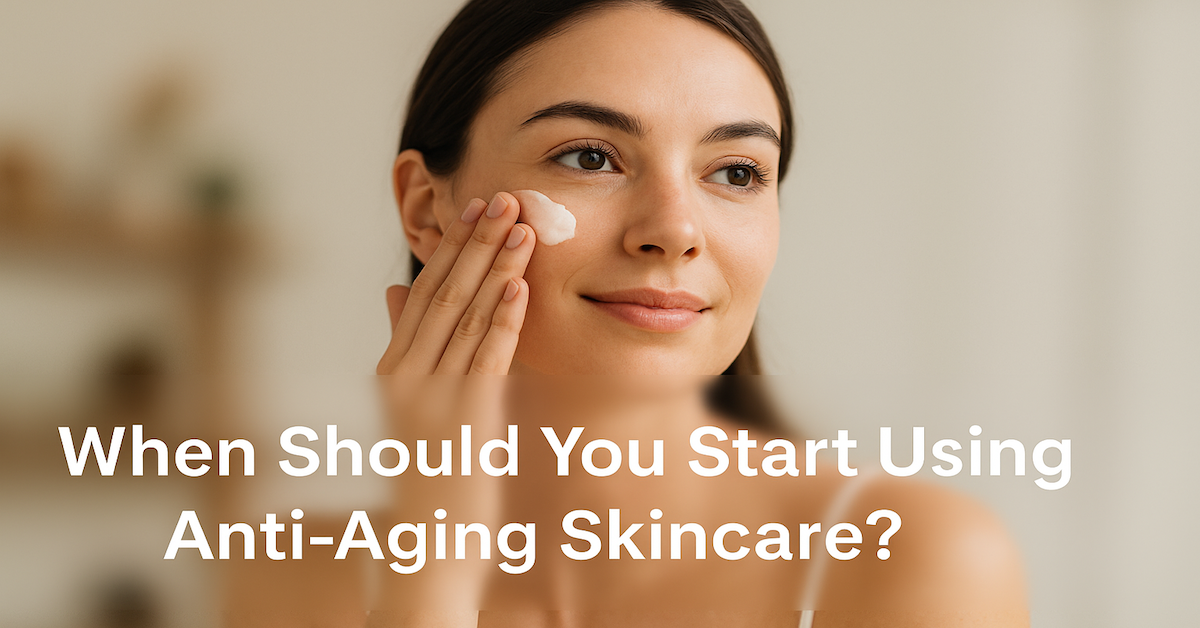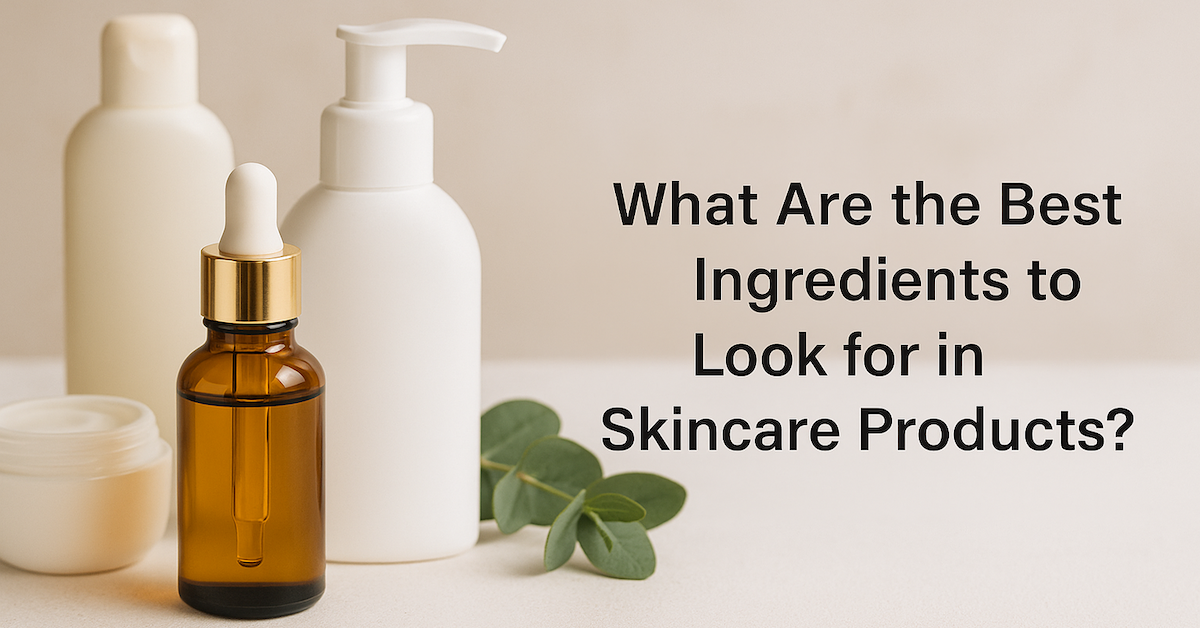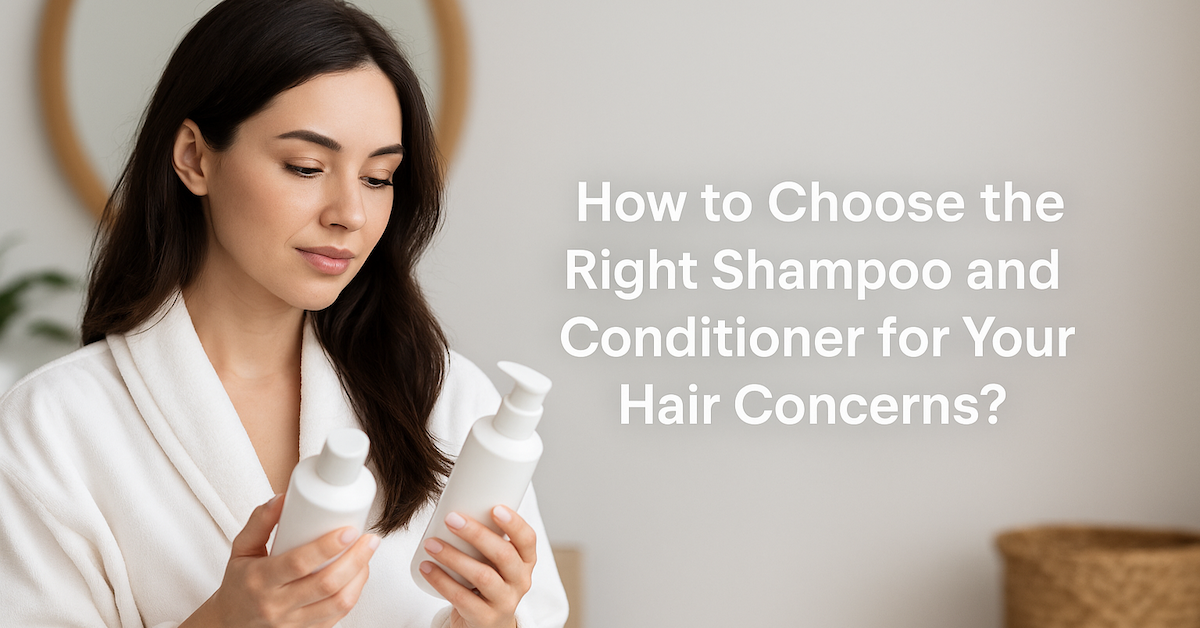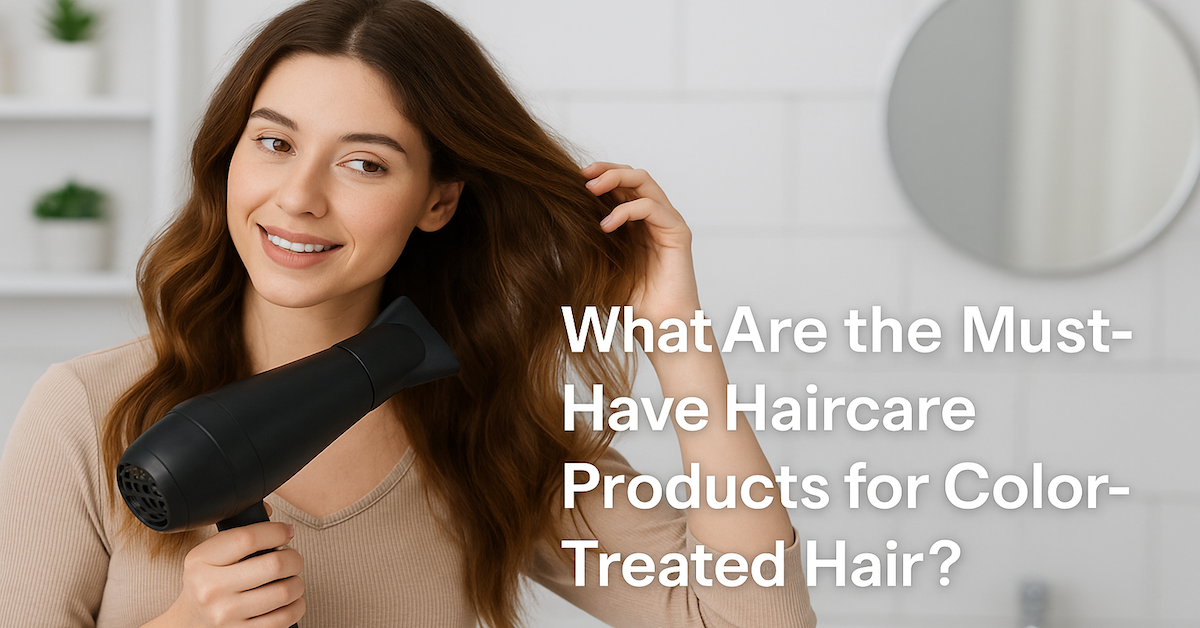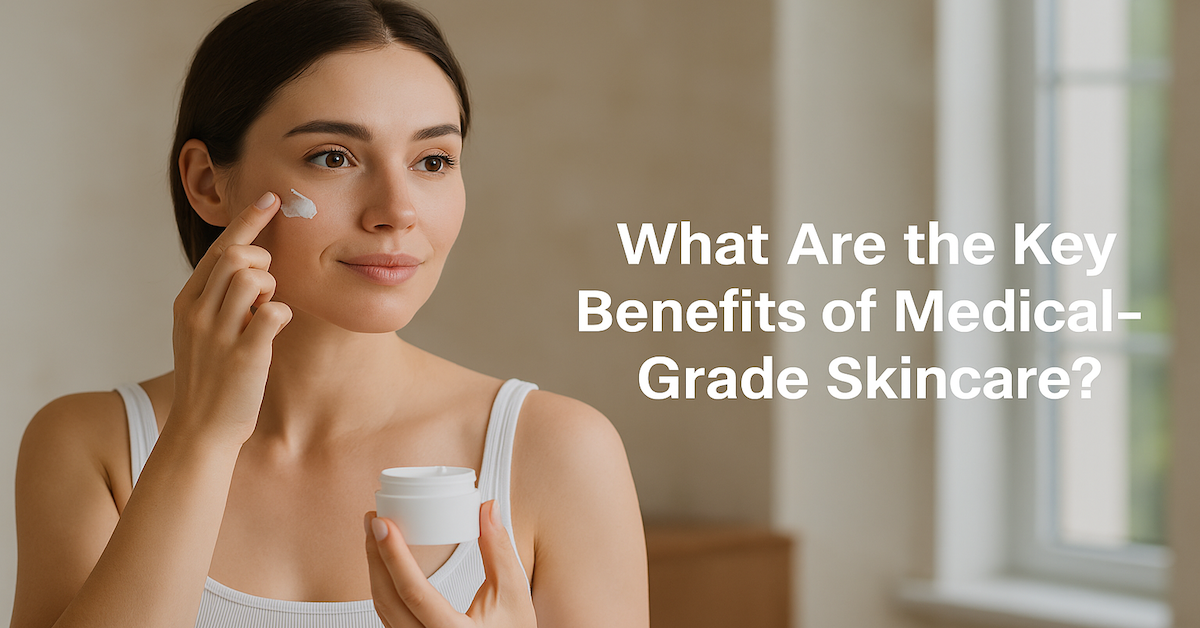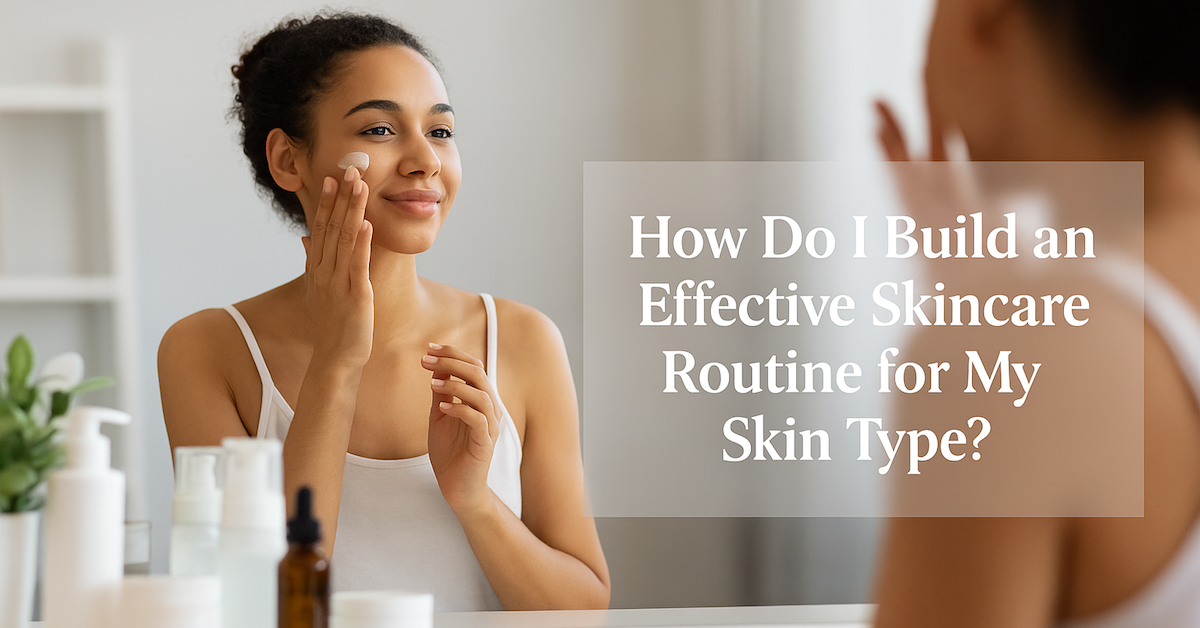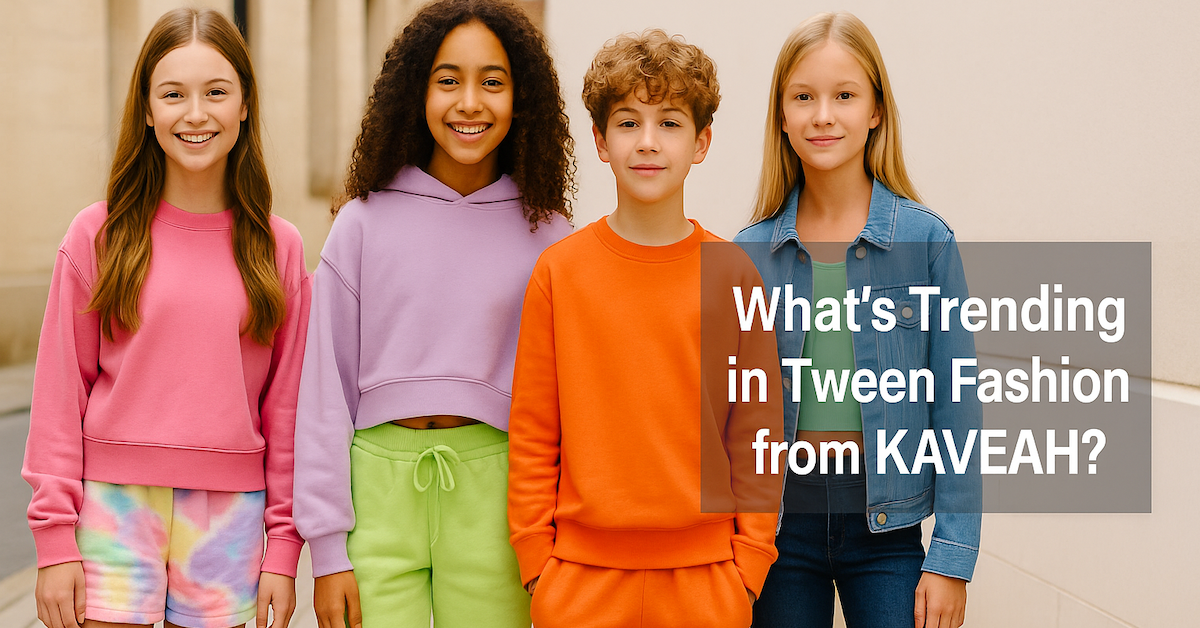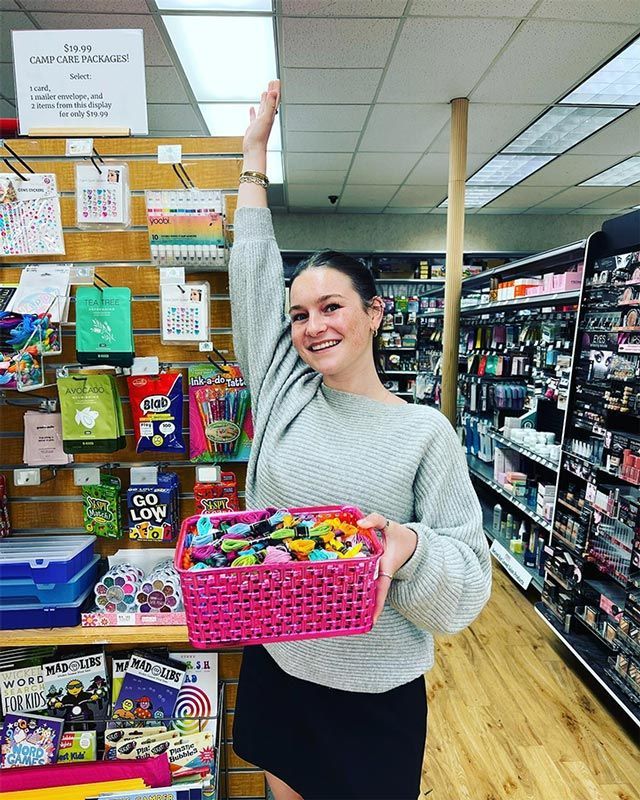How Can I Protect My Hair from Heat Damage?
Heat styling tools make it easy to achieve sleek, polished hair, but over time they can cause more harm than good if used without protection. Blow dryers, straighteners, and curling irons can strip your hair of moisture, weaken its structure, and leave it dull or brittle. The good news is that with the right approach, you can enjoy your favorite hairstyles without sacrificing your hair’s health. This guide explains how to prevent heat damage, the best protective products to use, and how to maintain smooth, strong hair even with regular styling.
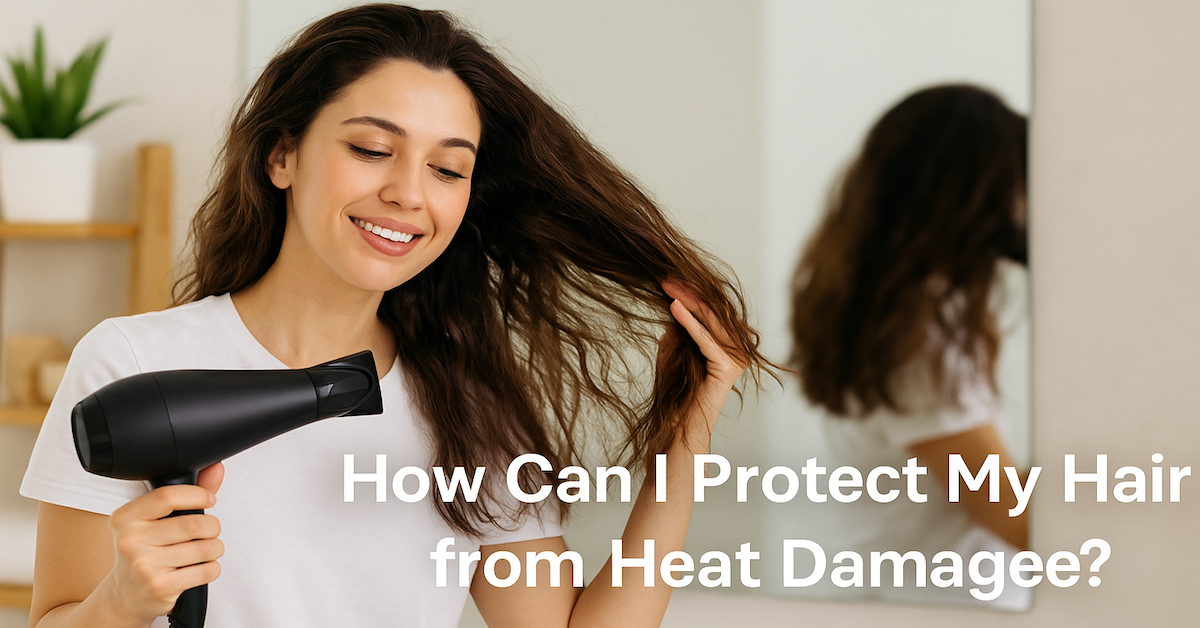
What Is Heat Damage and How Does It Occur?
Heat damage happens when high temperatures break down the proteins and natural oils that protect your hair. This weakens the strands and causes them to lose elasticity and shine. Signs of heat damage include dryness, frizz, split ends, and difficulty holding styles. Once the structure of your hair is damaged, it cannot be completely repaired, which is why prevention is so important.
The main culprits are styling tools used at excessively high temperatures and too frequent heat exposure. Even blow-drying on the highest setting every day can lead to long-term damage.
How Hot Is Too Hot? Understanding Safe Styling Temperatures
Not all hair types can handle the same level of heat. Fine or thin hair should stay below 300°F, while medium to thick hair can usually tolerate 350–400°F. For textured or coarse hair, temperatures up to 420°F may be safe, but only with proper heat protection.
Using tools with adjustable temperature settings helps you avoid unnecessary exposure. Modern ceramic or tourmaline styling tools distribute heat evenly and reduce hot spots that can burn your hair.
Essential Steps to Prevent Heat Damage
The most effective way to protect your hair is to create a barrier between your strands and the heat source. Before styling, always apply a heat protectant spray or serum. These products form a lightweight shield that locks in moisture and reduces direct damage.
Other preventive steps include:
- Letting your hair air-dry or towel-dry most of the way before using heat tools.
- Avoiding multiple passes with a flat iron or curling wand.
- Using the lowest temperature that still gives you results.
- Limiting heat styling to two or three times a week.
A few small adjustments can make a big difference in your hair’s long-term strength and appearance.
Choosing the Right Heat Protectant Products
Not all heat protectants are the same, so it’s important to choose one that suits your hair type. Look for ingredients such as argan oil, keratin, shea butter, or vitamin E. These provide moisture while shielding hair from temperatures up to 450°F.
For fine or thin hair, a lightweight spray is best, as it won’t weigh strands down. For thicker or coarse hair, use a cream or serum for better coverage. Apply the product evenly from mid-lengths to ends before using any heat tool.
Healthy Styling Habits for Long-Term Protection
Your styling habits play a huge role in maintaining healthy hair. Start with clean, conditioned hair and make sure your tools are in good condition. Dirty or damaged plates can cause friction that leads to breakage.
When blow-drying, use a nozzle attachment and hold the dryer at least six inches from your hair. Always keep it moving to avoid concentrating heat on one area for too long. For straightening or curling, never clamp the same section repeatedly. A single, steady pass is enough when your tool is set to the right temperature.
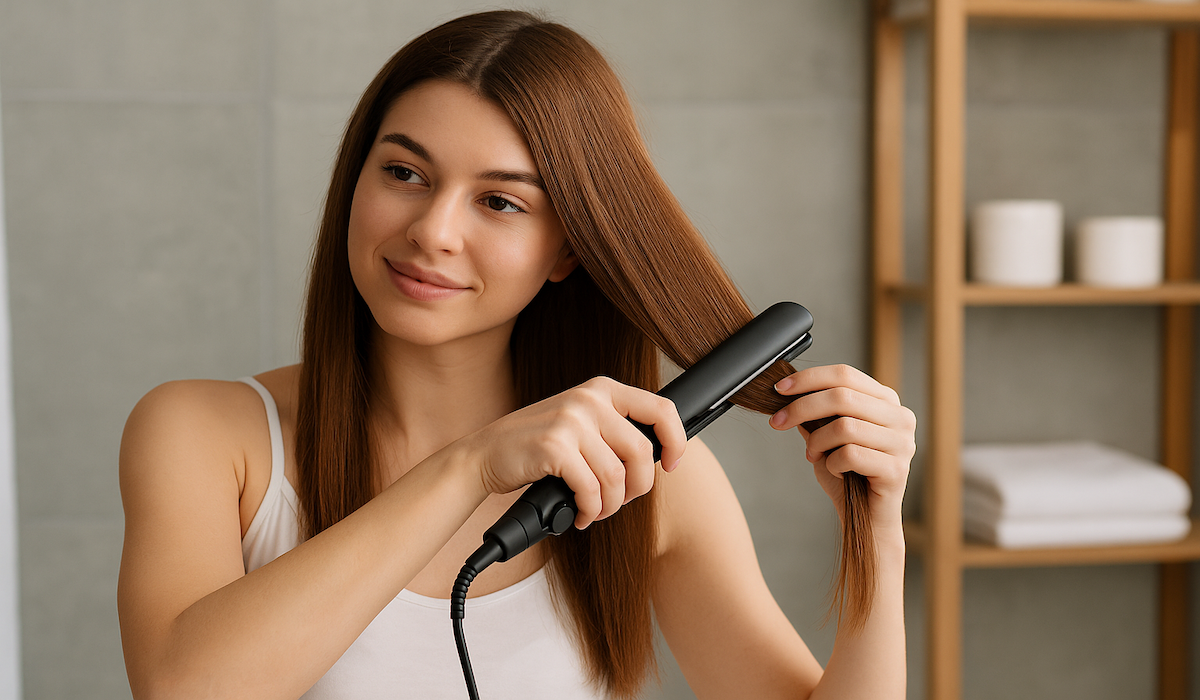
Repairing Existing Heat Damage
If your hair already shows signs of damage, don’t worry. While you can’t completely reverse heat damage, you can improve your hair’s texture and strength with consistent care. Use deep conditioning treatments once or twice a week to restore lost moisture. Look for formulas rich in proteins, natural oils, and amino acids.
Trimming split ends every six to eight weeks also helps prevent further breakage. For daily care, add a leave-in conditioner or lightweight oil to smooth the surface and improve elasticity. These small steps help your hair recover and prevent future damage.
Conclusion
Protecting your hair from heat damage doesn’t mean giving up your favorite styling tools. With the right products and habits, you can enjoy smooth, shiny hair without sacrificing its health. Always use a heat protectant, choose the lowest effective temperature, and give your hair regular nourishment through masks and treatments.
If you want personalized recommendations or professional-grade products that truly protect your hair, visit ROSS’s in Highland Park. Their experts can guide you toward salon-quality heat protectants and treatments designed to keep your hair healthy, hydrated, and strong through every style.
